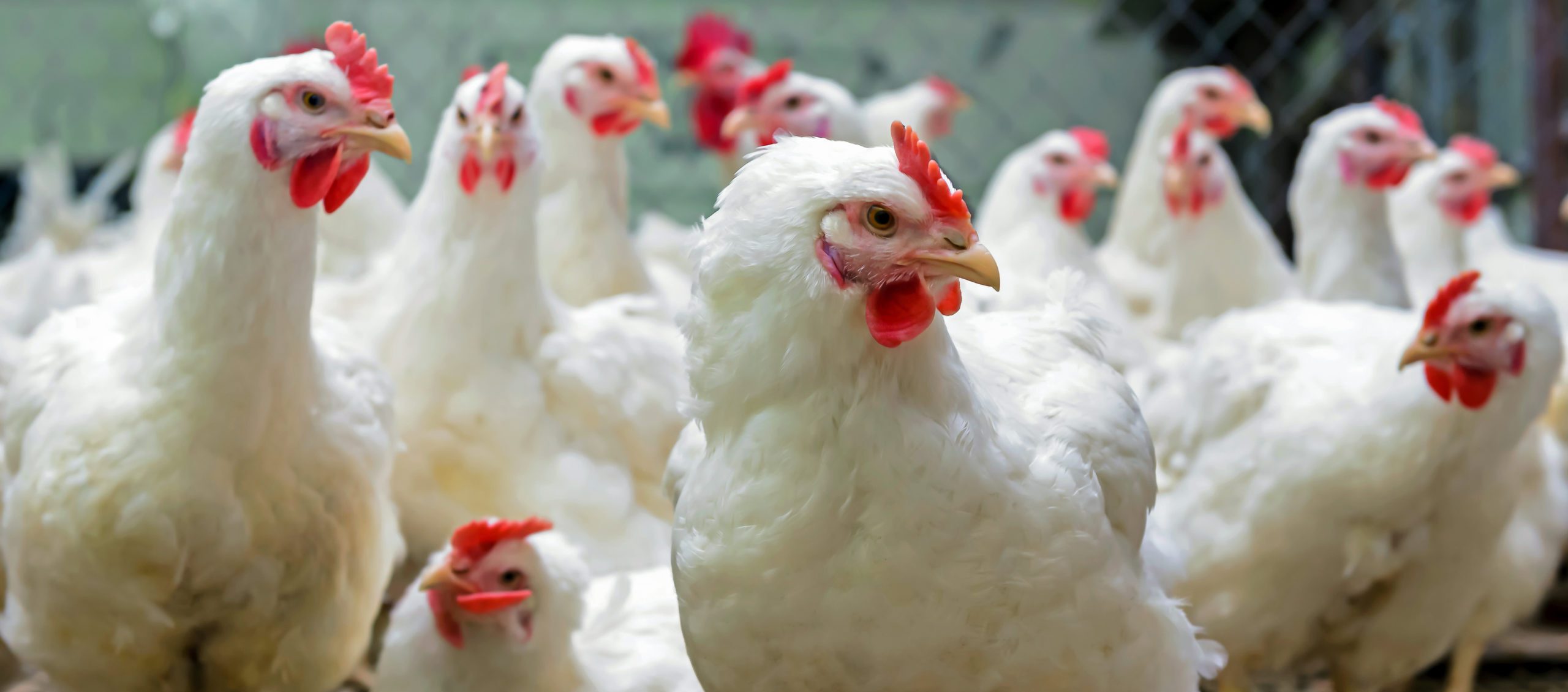Changing the soybean meal (SBM) content in broiler diets to promote efficient growth is likely to alter the proportion of non-bound amino acids (AAs) and leucine, potentially leading to negative consequences such as reduced feed intake (FI) and feed efficiency. Supplementing with additional valine may help address imbalances in branched-chain AAs and mitigate reduced feed consumption. This study employed a 3 × 2 factorial arrangement, consisting of two main effects: SBM inclusion rate and valine supplementation. A total of 960 zero-d-old male Ross 708 broilers were assigned to six treatments with eight replicates each. The six dietary groups were as follows: (1) low crude protein (LCP; reduced SBM inclusion rates, -1.5% CP levels compared to the medium CP group); (2) medium CP (MCP; 22.5/20.5/19.0% CP for starter/grower/finisher phases, respectively); (3) high CP (HCP; increased SBM inclusion rates, +1.5% CP levels compared to the MCP); (4) 150% valine added to the LCP (LCP+V); (5) 150% valine added to the MCP (MCP+V); and (6) 150% valine added to the HCP (HCP+V). The levels of all indispensable AAs in the LCP and HCP groups were kept the same as in the MCP. The digestible valine:lysine ratio for the LCP, MCP, and HCP groups was set at 0.76. All data were statistically analyzed using a 2-way ANOVA, with Student’s t-test or Tukey’s HSD test applied if P < 0.05. Interactions were observed in the grower phase (d 15-28) body weight gain (BWG) and FI, with the LCP+V group showing the lowest BWG among all groups (P < 0.05). The MCP groups had the highest BWG and FI in both the finisher and overall phases compared to other groups (P < 0.01). The LCP groups showed significantly lower BWG, FI, feed efficiency, chilled carcass weight, total tissue weight, lean weight, and lean percentage compared to the MCP groups (P < 0.01). However, the LCP groups had significantly higher abdominal fat pad weight and fat percentage compared to the MCP and HCP groups (P < 0.001). During the finisher and overall phases (d 29-42 and d 0-42), the 150% valine groups had significantly lower BWG and FI compared to the 100% valine groups (P < 0.05). In addition, the 150% valine groups had significantly lower carcass weight, litter ammonia levels, and footpad dermatitis scores compared to the 100% valine groups (P < 0.05). The 150% valine groups also significantly upregulated hypothalamic appetite-related gene expression levels compared to the 100% valine groups (P < 0.05). In conclusion, using appropriate SBM levels without altering dietary CP level showed optimal growth performance in broilers. Additional valine reduced growth performance, likely due to reduced feed consumption and changes in appetite-related gene expression levels.
Goo, D., S. Gudidoddi, V. Choppa, D. Paneru, I. Gyawali, H. Katha and W. Kim. 2025. The inclusion rate of soybean meal and valine supplementation affect growth performance, carcass weight, body composition, and feed intake regulation in Ross 708. 2025 Poultry Science Association Annual Meeting, Abstract 134
